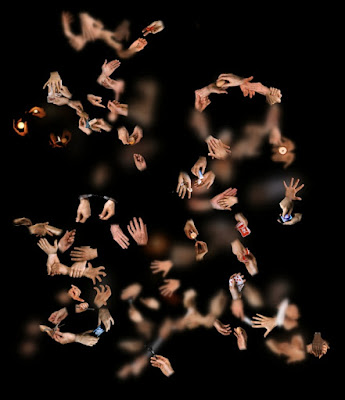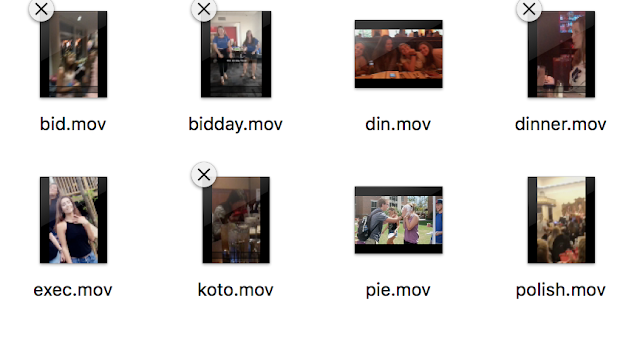Artist Research | David Rokeby

David Rokeby is an installation artist from Toronto, Canada and has been creating and showing his work since 1982. His interactive installation Hand-held (2012) was probably the most interesting to me. This installation is based completely on the viewer's movements and where their hands fall on the installation. The projection itself has 80 different layers of images, making it to where the height of one's hands shows different images. As one comes into focus with the main images, when the hands move the images unfocus until they're back under the right height. The image above is just one out of the 80 images used for this installation so you can see that at this height in these positions what would be clear and what would be out of focus. https://vimeo.com/48946545 Artist Statement: "Hand-held is an installation that consists of an apparently empty space which reveals its contents as you explore it with your hands. Today, we regularly use our hands to nav...


